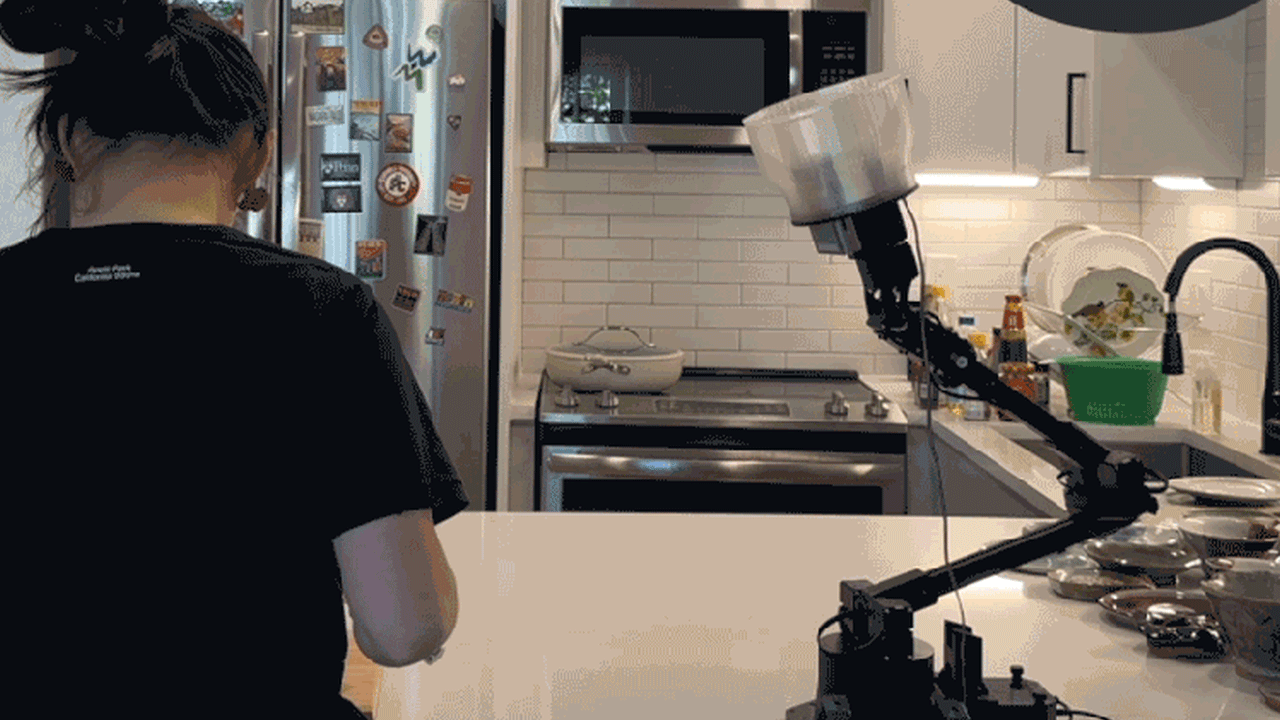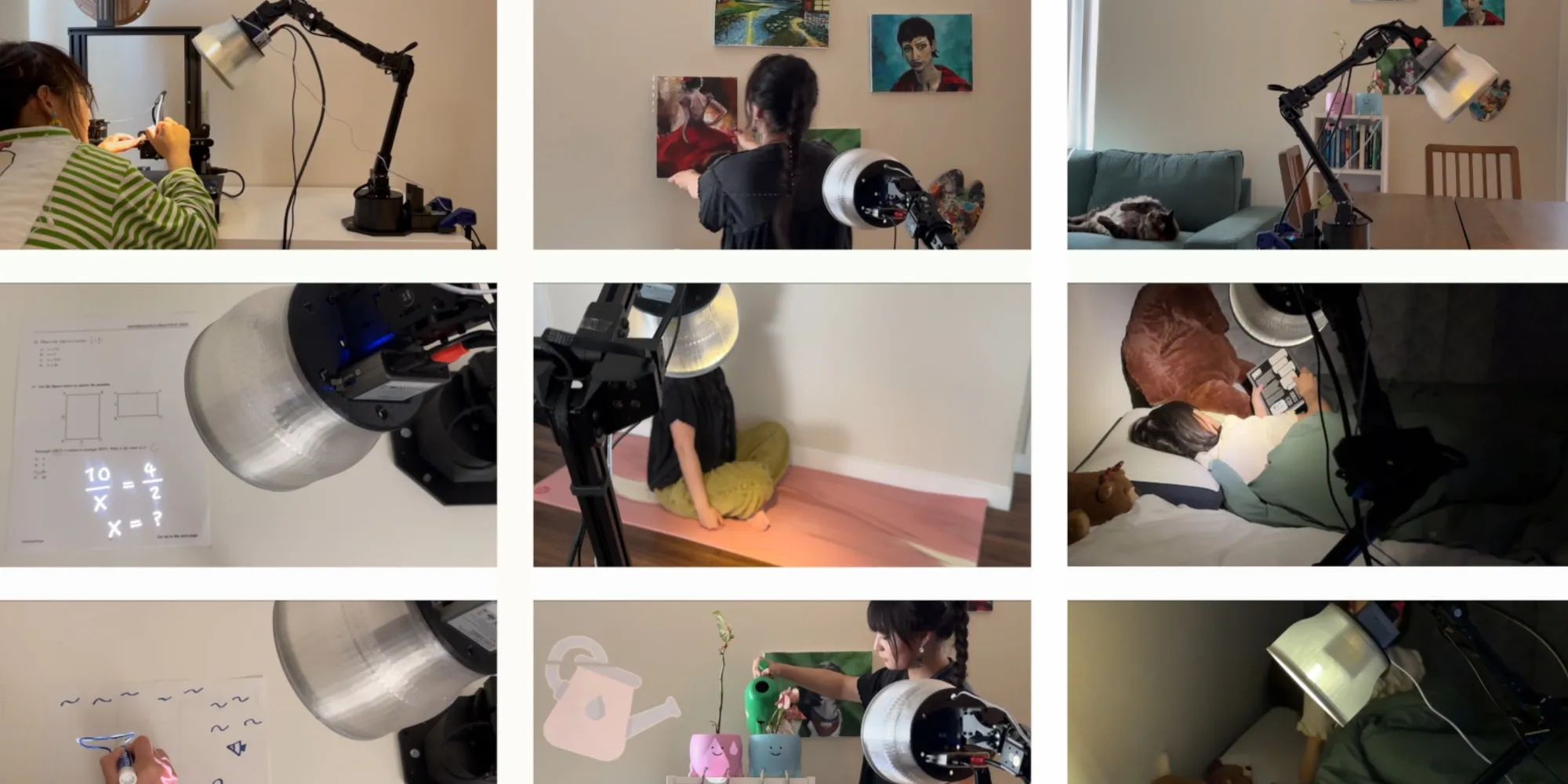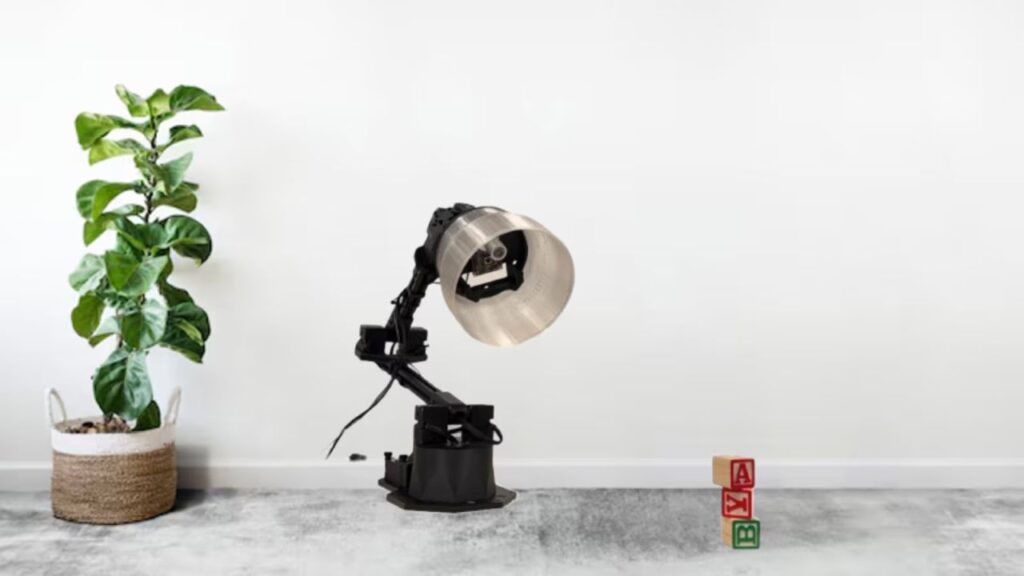We are no strangers to robots. From aerospace to aquatic and interiors to outdoors, we see them everywhere. Some come in the form of vacuum cleaners, others arrive in the shape of lawnmowers. But then the whole idea of having a ‘humanoid‘ just never leaves our mind. It is so deeply rooted in our psyche that no matter how smart our world gets, we still want a ‘two-legged robot‘ that can walk, talk, and also decipher information on its own.
If there is anything this strange fantasy has led to, it is the open race among tech companies to create the next big thing in robotics. This reminds me of the Cold War era ‘space race’, where nations vied to claim their place in history by being the first to conquer the moon. Today, the contest is to make the next generation of home robots that actively engage with us on an emotional level beyond their functional purpose.
Major players like Tesla, Dyson, Amazon, iRobot, and Boston Dynamics were leading the charge and milking this dream, showcasing humanoid prototypes that look far from ready. Until lately, when Apple decided to join the bandwagon. Just when the American multinational corporation found a way to ring its authority outside of our homes, its engineers decided to take one step further and ‘robofy’ our interiors.
Recently, Apple Machine Learning Research unveiled an innovative prototype: a lamp-like robot that moves with lifelike elegance. While one may consider it to be another piece of hardware, I strongly believe it is a window into the future where robots don’t just serve a functional purpose but can engage emotionally.

You’re probably thinking, “I’ve seen plenty of these prototypes before.” Well, you are right to some extent. Companies such as Yukai Engineering, Jizai, Samsung, Unitree, and a handful of others have unveiled pet-like robots to emotionally engage with users. But this isn’t about pets or huggable plushies. The adorable Pixar-style robot lamp from Apple signals a profound shift in how we’ll interact with robots at home.
While similar prototypes have been shown at CES in the past, Apple’s design stands apart. In one scenario, the robot follows hand gestures, adjusts its position to cast light exactly where needed, and even shows emotional responses, like turning its head to check the weather or seeming sad when left behind.
In another, it dances along with music, adding a touch of personality that makes the robot feel human-like. These emotional nuances are a key part of the robot’s design. These are the kinds of interactions that could make our homes feel more alive with technology that doesn’t just serve us but keeps us emotionally involved.

This development follows rumors from last year when Bloomberg’s Mark Gurman reported that Apple was working on a device featuring an ‘iPad-like display’ mounted on a robotic arm, which could function as a smart home assistant controlled via Siri. While this prototype is not exactly that, it shares the same vision of making technology more personable and user-friendly.
The engineers behind the project, including Yuhan Hu, Peide Huang, Jian Zhang, and Mouli Sivapurapu (an IIT Bombay graduate), claim that expression-driven movement – as opposed to the typical functional-driven movements we see in most robots – significantly boosts user engagement. “Instead of simply handling mundane tasks like cleaning or taking out the trash, people now want robots that move, interact, and understand emotions,” the research team states. I tried to get in touch with Apple’s research wing and engineers behind the project to know the feasibility of seeing a full-fledged model, but they refrained from commenting.
However, they cited the example of the research video posted and the accompanying paper that introduces the concept of ELEGNT (Expressive and Functional Movement Design for Non-Anthropomorphic Robots), showcasing a non-humanoid robot that moves fluidly and establishing an emotional connection right away.
Focusing on ’emotional connection’ is perhaps the key difference between Apple and other companies. The former isn’t competing with the likes of Tesla or Dyson to build workhorses. It is striving to create a new kind of companion, one that connects emotionally. Though the prototype may resemble a desk lamp, it goes far beyond that, with features like a built-in projector and a camera. It responds to gestures and voice commands, blurring the line between a functional gadget and a true social companion.
This reminds me of SociBot, which made news for being a ‘social robot that knows how you feel,’ back when I was in high school. For some reason, it never got rolling. And who could forget Pepper, another humanoid that was touted as a robot capable of detecting facial expressions to determine how you feel? While the old units of the robot are still in operation, it never turned out to be a people pleaser, leading to its production being halted in 2021.
Having said that, there is no better time to introduce such a robot than now, and if Apple succeeds in this endeavor, it could represent the next big step in smart home devices. While this is all speculative right now, one thing is clear, Apple’s prototype offers a vision of the future of home robotics, which is engaging, expressive, and genuinely functional.
So, while we may not be getting a Pixar-esque lamp robot anytime soon, we are certainly witnessing the beginning of something more meaningful. If Apple’s current trajectory holds, the future may soon see robots that don’t just light up a room, they light up our lives.
I’ll admit that I’m not much of an Apple fanboy. My iPhone 14 Plus, for example, is more of a style statement than a necessity. But Apple is a niche for some, and for them, their devices like MacBook, Apple Watch, or even an iPhone are an integral part of their lives. So when blogs started posting about Apple’s robot lamp; people couldn’t help but comment, “I’d die for this lamp,” or “I think I don’t need friends anymore; this lamp will be my new friend.” If this reflects anything, it’s a shift away from the idea of humanoids that do arbitrary tasks. People don’t want a robot that just does laundry, cleans, or serves beer; those tasks are already taken care of by vacuum cleaners, washing machines, and Amazon’s robots. What people want is a robot that can move, interact, and at its best, understand their feelings.
Follow Homecrux on Google News!




